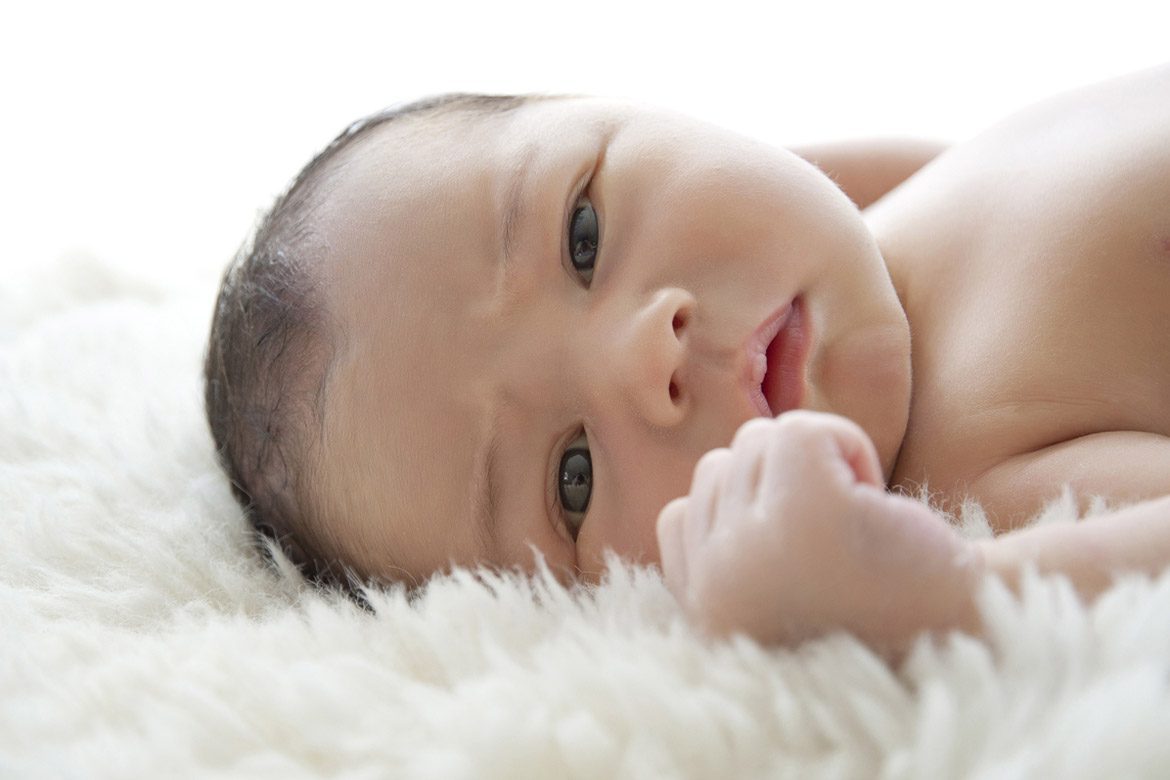Is your baby keeping you up all night?
Or are you an expectant parent hoping to keep your baby sleeping soundly as much as possible?
Have you heard one of your friends say “I co sleep with my baby” and wondered what he or she is talking about?
Co sleeping has recently become a very popular method of making sure babies and very young children get a good night of sleep. Although this practice has been performed for centuries, there for a while, it got a lot of negative attention because it was attributed to several infant health issues. Today, co sleeping is a controversial subject but still remains pretty common.
So how do you know if co sleeping is the right choice for you? In this article, you’ll find out everything you need to know about what co sleeping is, how it’s done, and how you can make sure to provide a safe sleeping environment for your child. You’ll discover pros and cons of this practice so you’ll be better informed and able to make the right call.
Of course, you want what’s best for your child. When you have enough information to help you decide whether or not to co sleep, you’ll be making one more positive step toward safe and secure care for your baby.
What is co-sleeping?
You might have heard the term getting thrown around often, but what does co sleeping mean exactly? There are a few different variations on co sleeping, but what it really boils down to is sleeping near your baby or small child. Most of the time, this refers to sleeping in the same bed with your child, but it doesn’t always have to be this way. There are many reasons why co sleeping is popular, and these will be outlined later on in this article. For now, just understand that the most common definition of co sleeping is simply sleeping with your baby closer to you than in a crib in a separate room.
You might be surprised to hear it, but over 80% of mothers who breastfeed have reported sleeping in the same bed with their babies. And in a recent study, only 11% of surveyed expectant mothers planned to co sleep with their children, but 42% of the same mothers ended up participating in this practice after their babies were born. Co sleeping with baby is a lot more common than you might realize!
But what is co sleeping with your baby supposed to accomplish? Isn’t it going to just be dangerous and potentially keep you from getting enough sleep yourself? There are a lot of potential issues to consider when thinking about co sleeping, and there are plenty of good reasons to go ahead with this very traditional practice, too. In the next section, you’ll find out the many different ways co sleeping can be done.
How is co-sleeping done?
Okay, so it makes sense that co sleeping means keeping your baby near you when you sleep. But how do you co sleep with your baby and manage to keep him or her safe at the same time? There are a few different ways you can practice co sleeping, and choosing the one that’s right for you boils down to examining your own individual situation and needs.
- “Bad dreams” bed sharing – This is probably the bed sharing you’re most familiar with. In this setup, your child or baby has his or her own bedroom (or possibly shares with siblings). Children are put to bed at the start of the night but are welcome to sleep in the bed with parents if they wake up during the night – usually from a bad dream or some other interruption of their normal sleep. This may happen very regularly or it may be very infrequent. Co sleeping isn’t practiced every night in this setup.
- Separate beds, same room – For very young babies, this is a common setup parents are pretty fond of. Cribs or bassinets are placed in the same room as the parents’ bed, never more than a few steps away. The whole family sleeps in the same room but not in the same bed. Older children might sleep on toddler beds or cots on the floor near the parents’ bed.
- Sidecar sleeping – This is similar to separate bed sleeping but slightly different. A sidecar crib is designed to attach securely to the side of the parents’ bed so that one parent can simply roll over during the night and have access to the baby without having to get up. The baby, however, has his or her own separate place to sleep that is free from any potential issues that might arise in the main bed.
- True co sleeping – True co sleeping is when a baby or young child sleeps in the same bed with one or both of the parents on a regular basis. The bed may be larger than normal to accommodate this setup, or it might be a standard sized bed.
What do you need to do to prepare for co-sleeping?
To co sleep with baby the right way, you need to prepare a very safe sleeping environment for your child. No matter how or where your child sleeps, you always want to be certain it’s a safe place that’s both secure and free from any potential problems. Check out this list for a few tips to keep you co sleeping safely.
- To begin with, both parents should be okay with co sleeping. If one parent isn’t on board with the idea, the bed might not be a safe environment for the baby.
- Do not let very young children share a bed with older siblings. If infants are going to co sleep, they should co sleep with an adult who is responsible enough to care for them properly during the night.
- Never put an infant in the bed with another adult who is already asleep and unaware that the baby is there.
- Never put the baby in bed with one or more adults who are intoxicated or under heavy medication.
- If one or more parent has very long hair, it should be worn in a bun when co sleeping with the baby.
- If one or more parent is very obese or has any trouble feeling any part of his or her body (and therefore feeling whether or not they are too close to the baby), it may be safer to choose a sidecar sleeping arrangement.
- Do not put the baby in bed with one or more adults while the adults are fighting. Even if it’s just a normal verbal argument, the adults in question might not be paying close attention to the baby at the time.
- Never smoke in bed with your baby. For your safety, never smoke in bed at all. Never place your baby in bed with an adult who smells of secondhand smoke. [Editor’s note: According to a document released by Sarah Ockwell Smith and Gentle Parenting UK, you should only co-sleep if you and your partner are both non-smokers. Read more about safe co-sleeping here – Safe Sleeping With Your Baby.]
- Baby’s head should never be covered and all blankets used should be light and breathable.
- Make sure the bed is firm and clean before letting your baby sleep in it.
- Always put your baby to sleep on his or her back.











